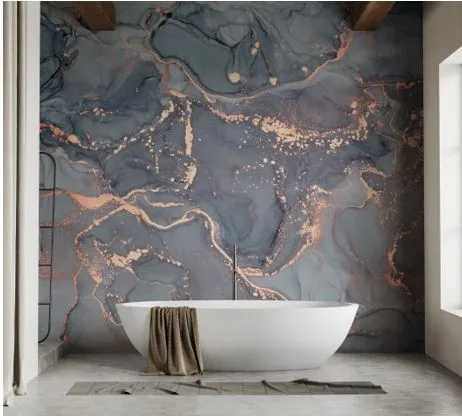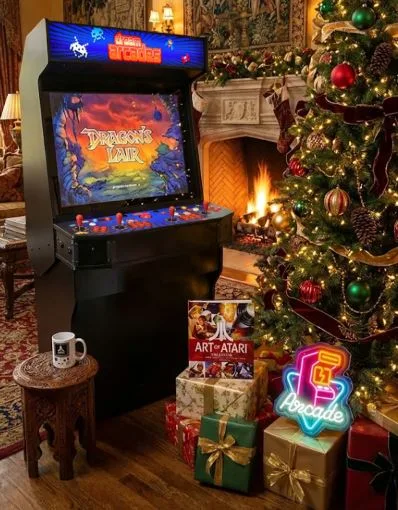Everything You Need to Know About Wallpaper in Damp Environments
Wallpaper for kitchens and bathrooms: an independent concoction of design appeal and challenge in realization. Of course, these old-fashioned paper-based coverings are unfit to take on such humidity levels, but now there are materials able to stand humidity and splash. Well-fitting materials and precise installation procedures are what really guarantee lasting results. This guide covers the basics you must know while trying to wallpaper in such tough locations.
Why Most Wallpapers Fail in Damp Environments
It is important to understand the core challenge of a damp environment. The constant presence of moisture, from cooking steam to shower humidity, is the primary issue. Standard wallpapers are absorbent; they take in moisture from the air, which weakens the adhesive bond and causes the paper itself to swell and deteriorate. This process leads to common failures like peeling corners, bubbling, and the growth of mold and mildew behind the wallpaper. For this reason, any kitchen wallpaper or bathroom wallpaper must be made from a material specifically engineered to block water.
Choosing a High-Performance Water-Resistant Material
Mutually, wallpaper composition is the key to success. One must opt for a product whose surface is non-porous and serves as a moisture barrier.
- Solid-Sheet Wallpapers: One should look for wallpapers that are a solid sheet with no permeability to water. This type of wallpaper for walls will, therefore, have moisture resistance by default that will serve as an all-time durable and reliable option with a bathroom interior or kitchen backsplash. Most wallpapers marketed under waterproof wallpaper names or “scrubbable” will be of this type, as the surface is sufficiently robust to take cleaning.
- Peel and Stick Wallpaper: These types of wallpapers are made mostly with synthetic water-resistant materials and are a very convenient choice. However, the product’s performance is largely variable. It is recommended to check the manufacturer’s instructions and confirm that the wallpaper is recommended for use in high humidity areas before purchasing.
Design Choices That Serve a Practical Purpose
Certain wallpaper designs are both beautiful and functional in damp rooms. Faux-finish wallpapers are perfect examples in that they simulate expensive finishes but offer a lot more in maintenance. Tile wallpaper appears like ceramic tiling sans the grout to clean or maintain. Similarly, a marble wallpaper will lend a sense of panache while being wipe-cleanable.
Patterns can do this practically as well. A lively terrazzo wallpaper can hide water splashes or fingerprints from everyday use. The color of the wallpaper also affects the atmosphere-it has been a classic choice for blue wallpapers in bathrooms, helping to nurture a calming effect of a clean space.
Professional Installation and Maintenance Practices
Good materials will fail if improperly installed. A professional approach guarantees longevity.
Allow the Ventilation: The room must have either a good quality exhaust fan or a working window to keep whatever humidity properly stored. Air circulation is the first solution to moisture problems.
Wall Preparation: The wall should be clean, free of dust, smooth, and completely dry. Prior to wallpaper installation in a bathroom, apply a coat of moisture-resistant, mold-inhibiting primer to seal the wall and provide a secure surface on which the wallpaper can adhere.
Selecting Adhesive: If using a non-self-adhesive product, use a heavy-duty wallpaper paste that is approved for non-porous wallpapers and high humidity.
Caulk Edges: For long-term finishes at vulnerable wallpaper-to-shower, wallpaper-to-tub, wallpaper-to-countertop edges, caulk in a thin bead of clear waterproof caulk. This will seal the edge and keep any water from getting underneath the wallpaper.




